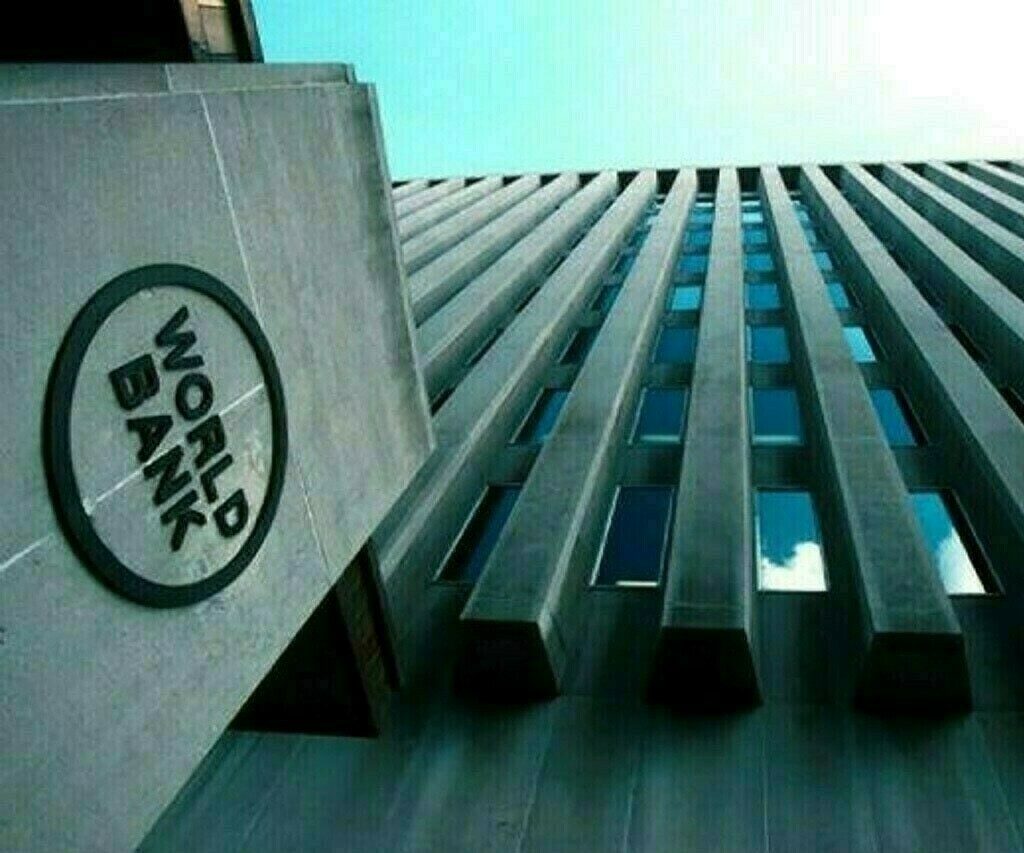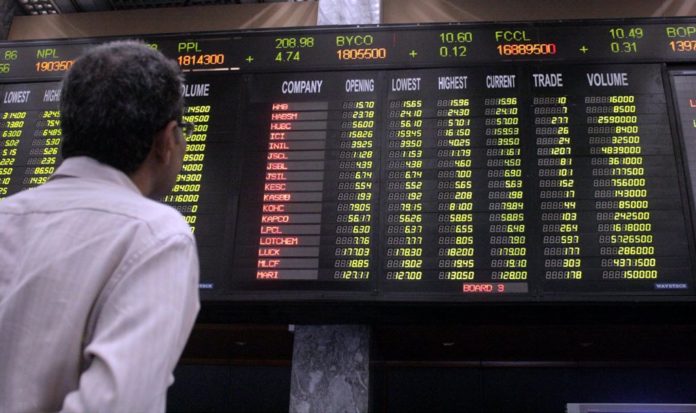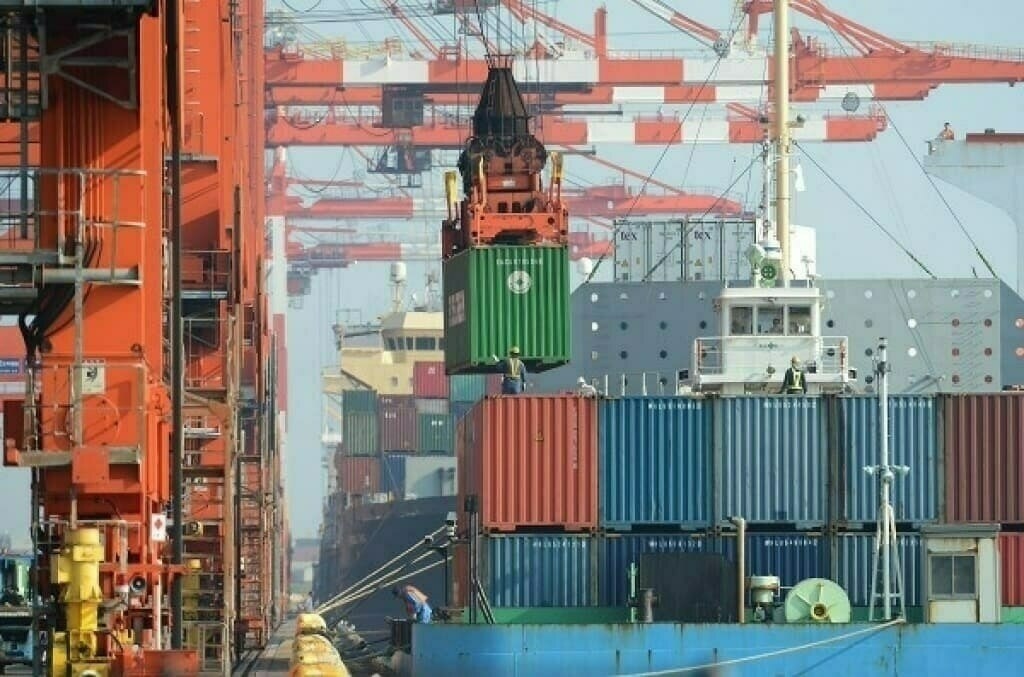PTBP Web Desk
The World Bank has cautioned that Pakistan’s exports are declining as a share of its Gross Domestic Product (GDP), revealing a massive untapped export potential of nearly USD 60 billion. The Bank identified high tariffs, inefficient regulations, expensive energy, and logistics bottlenecks as key barriers holding the economy back.
According to the “Pakistan Development Update” report, the country’s export performance has weakened significantly since 2000. During the 1990s, exports averaged 16 percent of GDP, but this figure has now fallen to around 10.4 percent in 2024. This decline has forced Pakistan’s economy to rely heavily on debt and remittances, fueling repeated boom-bust cycles that hinder sustainable growth.
The report highlights that Pakistan’s export performance once outpaced Bangladesh and India, but today it lags behind both. The nation’s export-to-GDP ratio is now below the average for both low- and middle-income countries (LMICs) and upper-middle-income countries (UMICs).
This trend has emerged alongside a widening exports gap — the difference between Pakistan’s actual exports and what it could potentially achieve. Based on economic fundamentals like population size, development level, and proximity to key markets, the World Bank estimates Pakistan’s untapped export potential at around $60 billion.
Bridging this gap would require doubling the country’s current export share in GDP, aligning it with UMIC standards.
The report identifies several structural challenges behind this decline. Pakistan’s exporters face:
- High tariffs that discourage competitiveness
- Complicated regulations and lengthy approval processes
- Expensive and unreliable energy supplies
- Poor logistics infrastructure and weak trade connectivity
These issues combine to erode competitiveness, making Pakistani goods less attractive in global markets.
To unlock its full export potential, the World Bank recommends that Pakistan implement broad-based economic reforms. These include:
- A market-determined exchange rate: The Bank urges Pakistan to allow the interbank market to function independently, without State Bank of Pakistan (SBP) interference.
- Greater participation of exporters and investors: A more transparent system would help attract foreign investors and improve confidence.
- Improved trade finance: Strengthening financial access for exporters is crucial.
- Enhanced logistics and compliance systems: Better trade facilitation will reduce costs and delays.
- Deeper trade agreements with key partners to open new markets.
- Investments in digital and energy infrastructure, especially to boost IT services exports.
The Bank also calls for the publication of interbank market data, including transaction volumes and participants, to increase transparency.
While Pakistan has made progress in the digital economy, its global presence remains negligible. Digitally delivered exports now account for 10 percent of Pakistan’s total exports, but the country’s share in global digital exports is only 0.1 percent, according to the World Bank.
In comparison:
- India commands 5.8 percent of the global digital services market.
- Indonesia holds 0.2 percent.
Despite being South Asia’s second-largest IT exporter after India, with $2.9 billion in annual IT exports, Pakistan’s global share is just 0.3 percent — showing enormous room for expansion.
However, weak broadband infrastructure, low fiber optic coverage, and a fragmented digital regulatory environment remain major hurdles. Uneven internet quality and costly connectivity further constrain export growth, especially for small IT firms and freelancers.
Under the Fiscal Year 2026 budget, the government has endorsed a five-year National Tariff Plan aimed at cutting the average tariff rate from 20.2 percent to 9.7 percent by 2030.
If fully implemented, this reform would position Pakistan among the top five low- and middle-income countries (LMICs) pursuing ambitious tariff reforms — alongside Vietnam and Cambodia.
Such tariff rationalization is expected to reduce input costs for industries and enhance export competitiveness, paving the way for Pakistan to integrate more deeply into global value chains.
Anna Twum, co-author of the World Bank report, acknowledged the Pakistani government’s recent initiatives, noting:
“The government has placed export growth at the center of its development agenda and made important progress through the approval of the National Tariff Policy, which will help lower costs for critical imported inputs.”
Twum cautioned that tariff reforms alone are not enough. She emphasized the need for a market-determined exchange rate, stronger trade finance, and improved access to export markets to achieve export-led growth.




